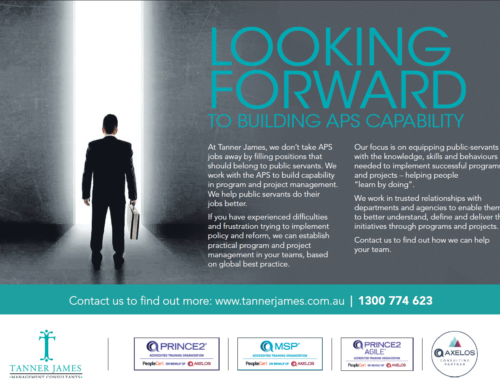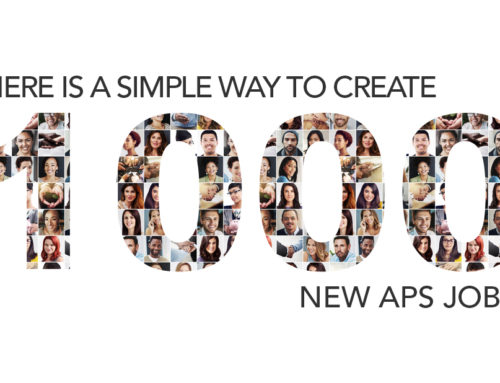Last month I wrote a blog alluding to the treatment of benefits as a side order.
I spoke about how some individuals and companies seem to want to make benefits management a black art, and advocated the need to go back to benefits basics.
To me the most important of these basics is to:
Know from the outset who is doing what to ensure benefits are realized
In this blog I will talk about what that means in practice.
What’s the problem?
It is widely accepted in the APS that every project must have a business case that documents the justification for undertaking the project, based on the estimated costs, benefits and risks. Yet the articulation of benefits for many projects leaves SES officers in governance roles unconvinced and doubtful that the promised benefits will eventuate in practice.
How not to fix it
You are not going to increase confidence in benefits delivery by:
- Employing a consultant to write a benefits management framework.
- Engaging a large firm or company to spend months producing benefits documentation that would be sufficient to paper the walls of a good size home.
- Giving yourself a headache by attempting to translate all benefits into a hard dollar value.
- Allowing agile to be used as an excuse for not defining any benefits in the first place.
- Approving funding based on a schedule of deliverables and milestones, then accepting regular reports that everything is on time and within budget.
Three key words: outset, who, what
I always worry when I speak with executives and get told on the one hand “we’ve been going 9 months” but on the other hand “we’ve not defined the benefits yet”. From the outset you must be able to answer the question “why are we doing this?” Otherwise it is likely you have a problem looking for a solution on your hands. Talk to people about what will be improved once they have the new capabilities in place. Talk. Don’t allow big documents sent by email or sit through endless PowerPoint deck presentations. Talk. Then talk some more.
Who to talk to? People who live in the real world. The world which will have to use the new capabilities. Obviously many government projects impact thousands, sometimes millions, of people. You can’t talk to all of them. But you should go out of your way to find the critical ones. The people who will actually have the “lived experience” when everything has been delivered.
What do the people you are speaking with need to do to ensure benefits delivery? Ask them. You will soon find out whether they truly understand – better still desire – the capabilities being delivered. Benefits don’t realise themselves. The world is awash with projects that have delivered capabilities that are viewed with outright derision and hostility by people who live in the real world. That can be avoided if those people are actively engaged in preparing for transition as early as is humanly possible.
If your current project Business Case is simply a vehicle used to secure funding commitment, it’s time to think again – be authentic about the ownership, definition and realisation of benefits. Have a look at the 2017 edition of the PRINCE2® Manual, which now includes creation of the Benefits Management Approach as part of refining the Business Case, because doing so is a simple way to increase your confidence in benefits delivery.
Want to know more about a simple approach to benefits?
If you would like to know more, please call me personally on 0407 404 688 or email me at john.howarth@tannerjames.com.au. I would be very happy to come to meet you, answer questions and provide further information.
What do you think?
Please feel free to comment on the blog itself or via LinkedIn.






Leave A Comment